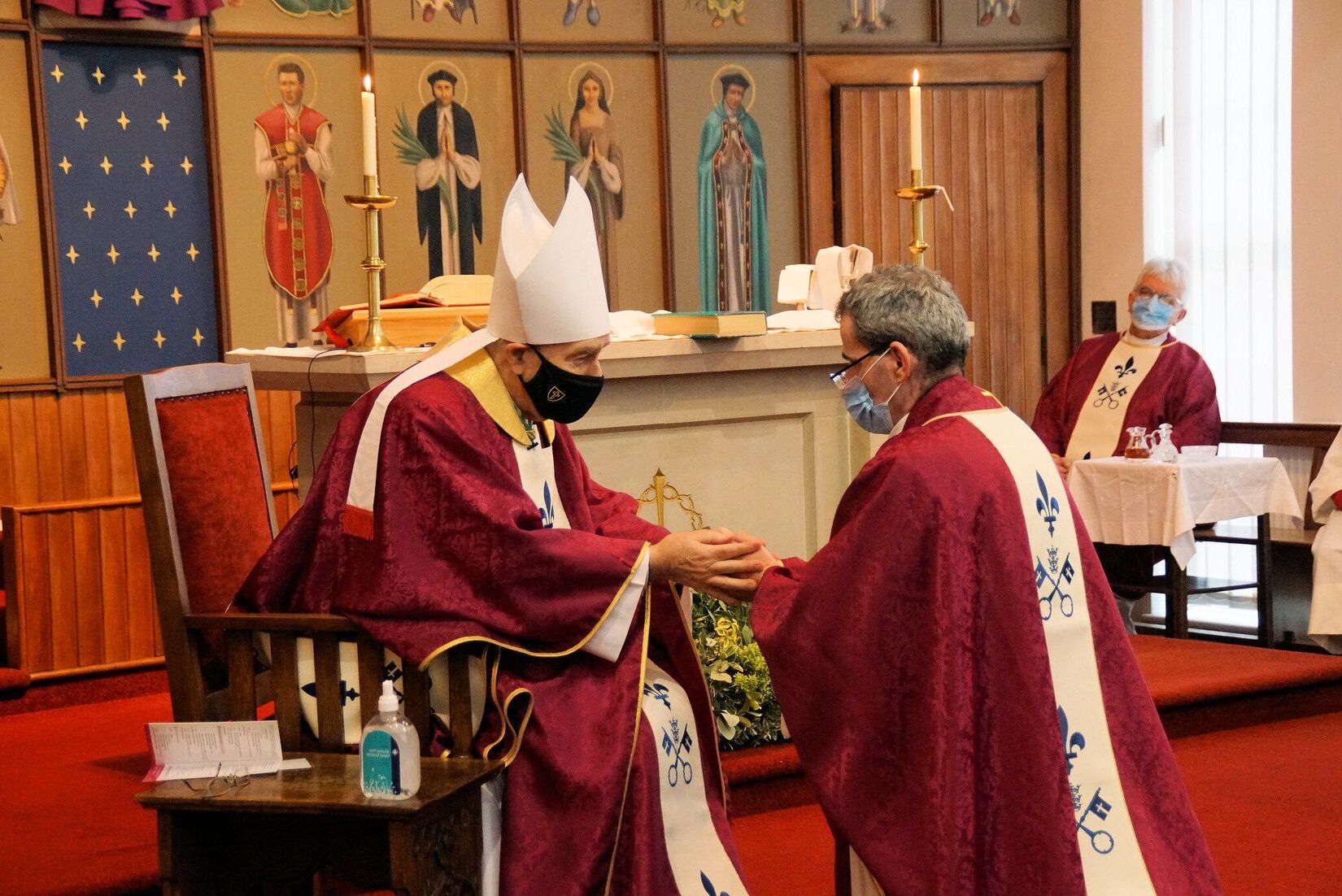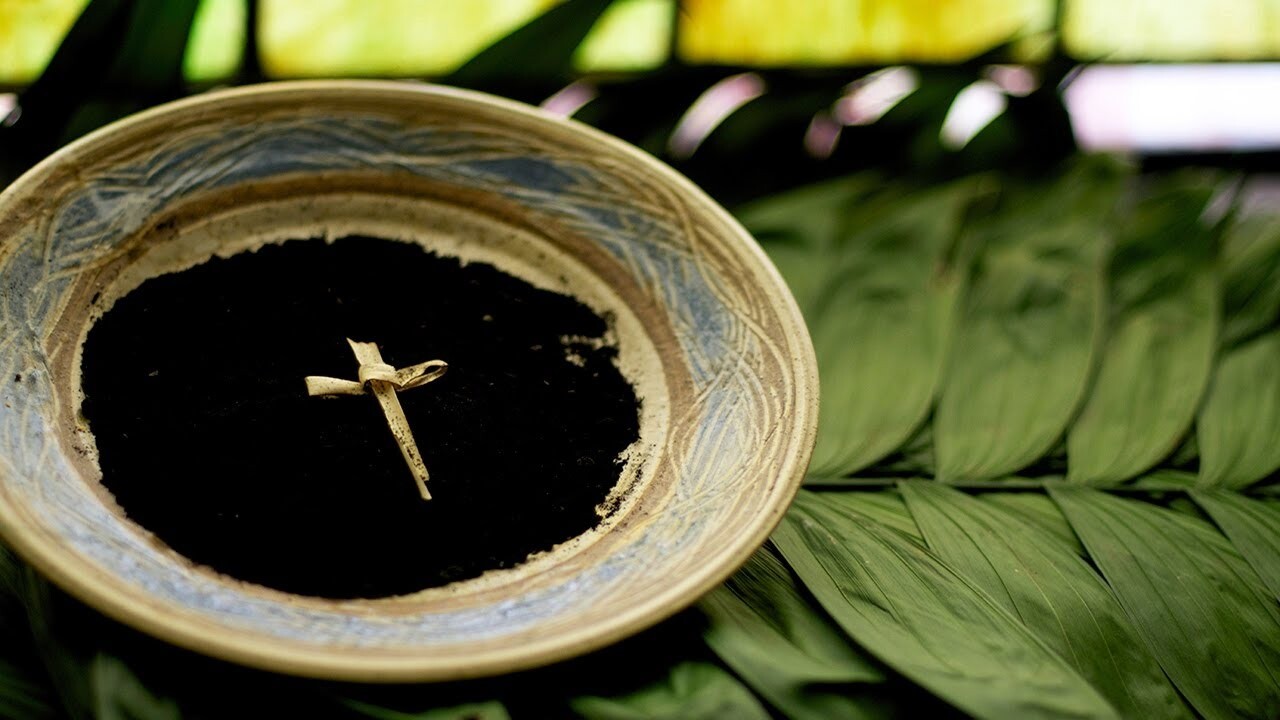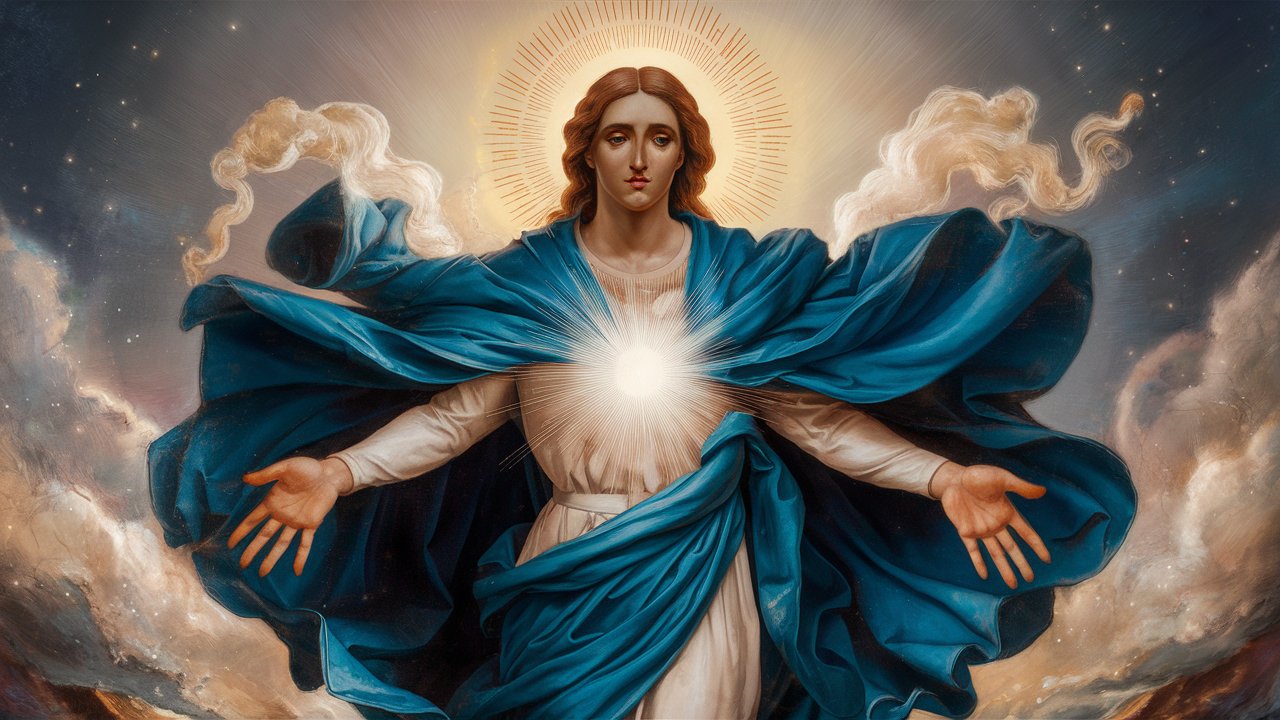
Incardination is a term often heard in religious contexts, but what does it actually mean? Incardination refers to the formal process by which a cleric becomes officially attached to a particular diocese or religious order. This process ensures that clergy have a clear line of authority and accountability within the church. Understanding incardination can help demystify how religious organizations maintain structure and order. Whether you're curious about the inner workings of the church or just stumbled upon the term, these 20 facts will give you a comprehensive look at what incardination entails. Ready to dive in? Let's get started!
What is Incardination?
Incardination is a term used in the Catholic Church to describe the formal attachment of a cleric to a specific diocese or religious institute. This process ensures that every cleric has a clear ecclesiastical superior and a community to which they belong.
-
Origin of the Term: The word "incardination" comes from the Latin "incardinare," meaning to hinge or to attach. It signifies the cleric's integration into the life and mission of the Church.
-
Historical Background: Incardination has roots in early Church practices, where bishops needed to ensure that clergy were accountable and had a stable community.
The Process of Incardination
Understanding how incardination works can shed light on its importance in the Church's structure. Here are some key aspects of the process.
-
Formal Request: A cleric must formally request incardination into a diocese or religious institute. This involves a written petition to the bishop or superior.
-
Acceptance: The bishop or superior must accept the cleric's request. This acceptance is not automatic and involves careful consideration.
-
Canonical Requirements: Canon law outlines specific requirements for incardination, ensuring that the process is consistent and fair across the Church.
Reasons for Incardination
Why would a cleric seek incardination? There are several reasons, each reflecting the needs and mission of the Church.
-
Stability: Incardination provides stability for clerics, ensuring they have a community and superior to support them.
-
Accountability: It ensures that clerics are accountable to a specific bishop or superior, promoting discipline and order within the Church.
-
Mission Alignment: Clerics may seek incardination in a diocese or institute that aligns with their personal mission and calling.
Differences Between Incardination and Excardination
While incardination brings a cleric into a diocese or institute, excardination is the process of leaving one. Here are some key differences.
-
Incardination: This process integrates a cleric into a new community, providing them with a new superior and mission.
-
Excardination: This involves a cleric leaving their current diocese or institute, often to seek incardination elsewhere.
-
Mutual Agreement: Both processes require mutual agreement between the cleric and the respective bishops or superiors.
Impact on Clerical Life
Incardination has a significant impact on the life and ministry of a cleric. Here are some ways it influences their journey.
-
Community Integration: Clerics become part of a new community, fostering relationships and collaboration.
-
Pastoral Assignments: Incardination often leads to new pastoral assignments, allowing clerics to serve in different capacities.
-
Ongoing Formation: Clerics receive ongoing formation and support from their new diocese or institute, aiding their spiritual and professional growth.
Challenges and Considerations
Incardination is not without its challenges. Here are some considerations that both clerics and superiors must keep in mind.
-
Cultural Differences: Moving to a new diocese or institute may involve adapting to different cultural practices and expectations.
-
Compatibility: Ensuring that the cleric's mission aligns with that of the new community is crucial for a successful incardination.
-
Legal and Canonical Issues: Navigating the legal and canonical aspects of incardination can be complex and requires careful attention.
Notable Examples of Incardination
Throughout history, there have been notable examples of incardination that highlight its importance and impact.
-
Saint John Vianney: Known as the Curé of Ars, he was incardinated into the Diocese of Belley, where he became a renowned parish priest.
-
Saint Francis Xavier: As a Jesuit missionary, he was incardinated into the Society of Jesus, allowing him to carry out his missionary work in Asia.
-
Pope Francis: Before becoming pope, he was incardinated into the Society of Jesus, shaping his pastoral approach and leadership style.
Final Thoughts on Incardination
Incardination, a term often overlooked, plays a crucial role in the structure of the Catholic Church. It ensures that clergy members have a clear line of authority and support, fostering stability within the Church. This process not only helps maintain order but also provides a sense of belonging for priests, anchoring them to a specific diocese or religious order.
Understanding incardination sheds light on the inner workings of the Church, highlighting the importance of organizational structure in religious institutions. It’s fascinating how such a process, though seemingly administrative, deeply impacts the lives and duties of clergy members.
By grasping these facts, one gains a better appreciation for the complexities and traditions that sustain the Catholic Church. So next time you hear about incardination, you’ll know it’s more than just a term—it’s a cornerstone of ecclesiastical life.
Was this page helpful?
Our commitment to delivering trustworthy and engaging content is at the heart of what we do. Each fact on our site is contributed by real users like you, bringing a wealth of diverse insights and information. To ensure the highest standards of accuracy and reliability, our dedicated editors meticulously review each submission. This process guarantees that the facts we share are not only fascinating but also credible. Trust in our commitment to quality and authenticity as you explore and learn with us.


